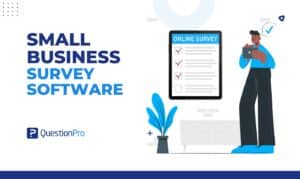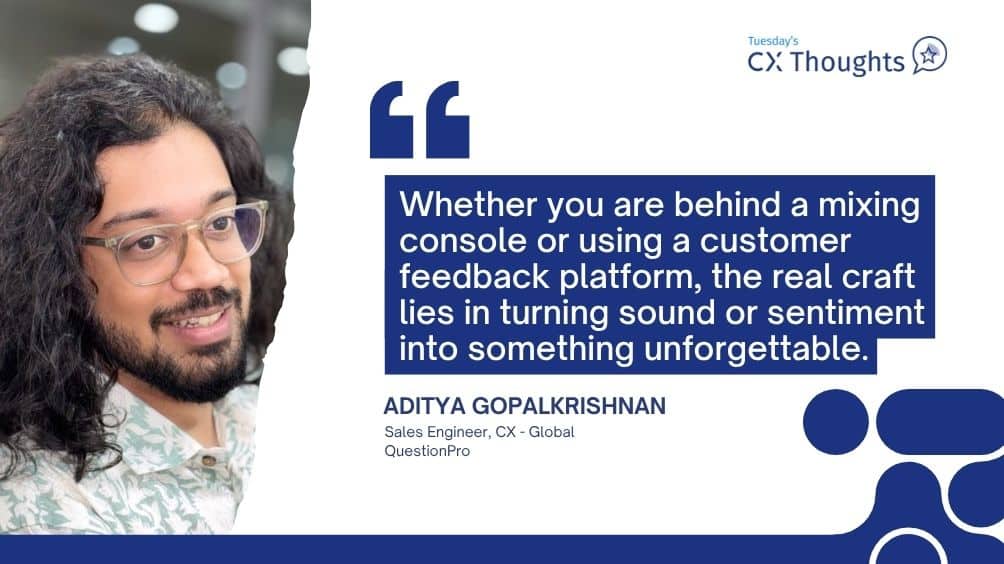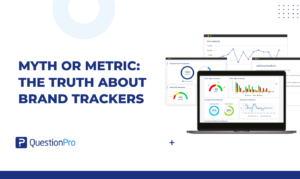
The Net Promoter Score (NPS) continues to receive a large volume of press coverage in the business and financial media. Originally, it was touted as the one number businesses needed to grow. However, time has not borne that out. Brand managers that focus solely on NPS often receive a wake-up call when they try to use the score as a predictor of future sales.
For background, NPS is derived from a single survey question; “How likely are you to recommend this business to your friends and family (or colleagues in a B2B situation)?” The question is scaled from 0 – 10. Respondents who answer 0 – 6 are considered detractors, 7 – 8 are passives, and scores of 9 or 10 are considered promoters. The actual score is calculated by subtracting the percentage of respondents who are detractors from the percentage who are promoters. NPS can range from -100 (all detractors) to +100 (all promoters).
 My mentors and my practical experience in the field have long told me to not put all of my faith in a single-measure. Yet, because of its simplicity many firms continue to employee it as part of their customer satisfaction measurements. Issues become clear when they attempt to use the metric as a predictor. Articles in both the business press and academic literature have pointed out that NPS, as a single measure, leaves something to be desired. An excellent article in AdAge highlights issues that Jiffy Lube was having with NPS as a predictive variable.
My mentors and my practical experience in the field have long told me to not put all of my faith in a single-measure. Yet, because of its simplicity many firms continue to employee it as part of their customer satisfaction measurements. Issues become clear when they attempt to use the metric as a predictor. Articles in both the business press and academic literature have pointed out that NPS, as a single measure, leaves something to be desired. An excellent article in AdAge highlights issues that Jiffy Lube was having with NPS as a predictive variable.
How can NPS be leveraged to produce more reliable customer insights? First, add open ended comments for each of the three groups. The aforementioned article speaks to how Jiffy Lube used these open-ended comments to their advantage in promoting the corporate mission statement to its franchisees. Online survey design tools such as QuestionPro allow for text analytics to be run against unstructured comments. In Jiffy Lube’s case they took the primary themes which arose from these comments and correlated them with store revenue and return visits.
A second approach includes measuring the impact of other variables on NPS. This form of key driver analysis can be useful in uncovering the root cause of shifts in the metric. Using a metric such as Net Promoter Score is only useful when you can correlate it against your marketing actions and revenue measures.
In short, the single number you need to grow needs a little help from its friends.







